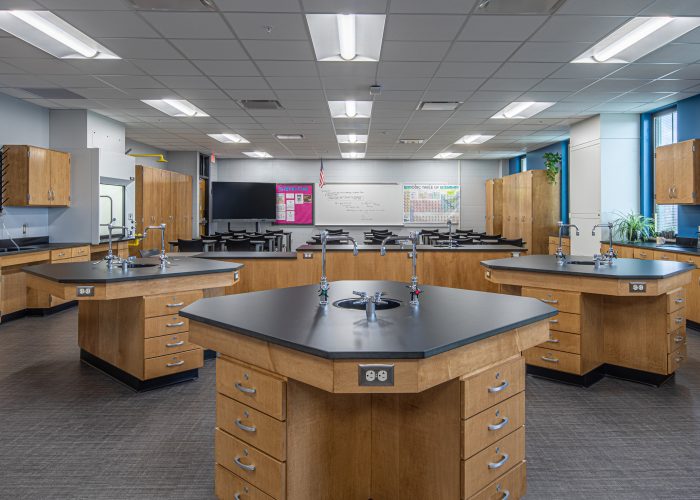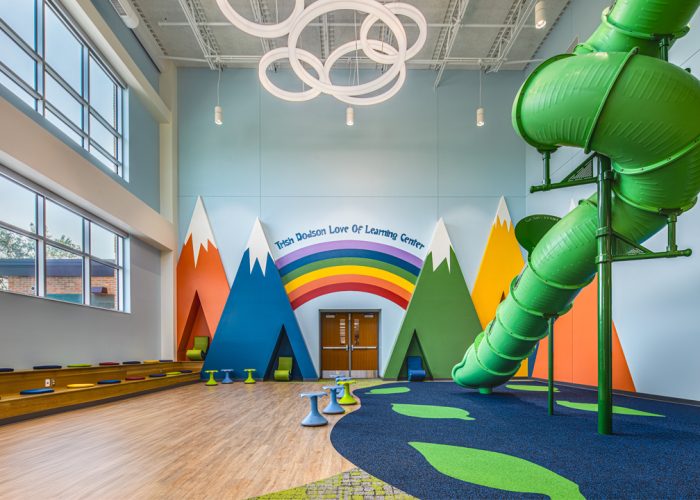How is light quality measured?
Lighting systems must provide the right amount and quality of light for a given task. Quality lighting is not too dim or overly bright. Instead, it provides uniform lighting without producing a glare.
There are three primary methods for measuring light quality:
- The Color Rendering Index (CRI) measures the ability of a light source to reveal the color of objects, compared to natural light. CRI values range from 1 to 100, with light sources at <45 providing poor color rendition. Light sources with CRI values >75 provide sharper, crisper, and more natural colors.
- The Visual Comfort Probability (VCP) is defined as the percentage of people that will find an environment comfortable with regard to visual glare. Glare is a product of high differences in brightness and can cause annoyance, discomfort, or loss of visual performance. With VCP scores from 1 to 100, a VCP of 65 indicates that 65% of the occupants would not be bothered by direct glare. Typically, schools require a VCP rating of 70 to 80.
- Color Temperature indicates the color of a light source. While many lighting options are available in a range of color temperatures, the most commonly used and recommended temperatures are warm white, cool white, and daylight. The right color temperature for a given environment is dependent on the task and level of natural light.
At Performance Services, we always complete a mockup of a typical area before proceeding with an LED retrofit. This allows occupants to experience the light levels and ensure they are appropriate before we proceed with the installation.



